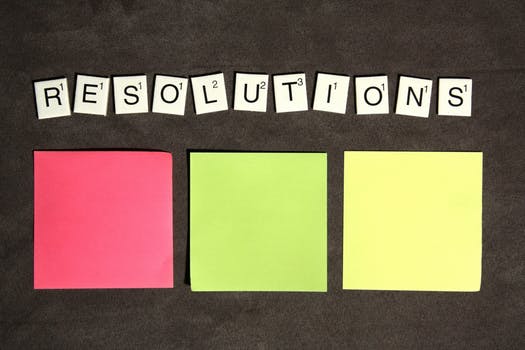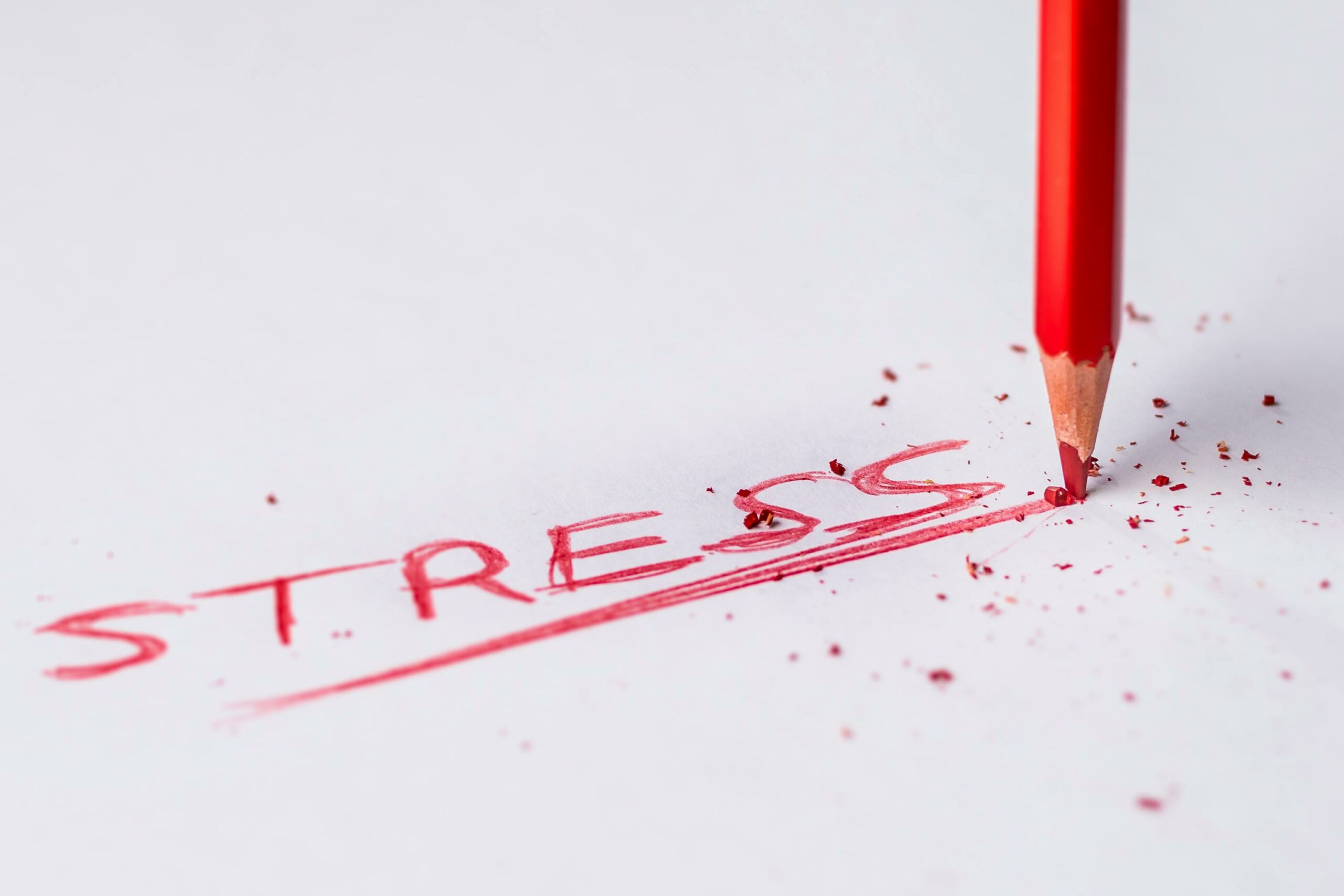New Year ~ New Beginnings
Category: Positivity

Another new year has begun for us all ~ new beginnings, new challenges, new opportunities. We, no doubt, will all make our New Year’s Resolutions with the hopes of making positive changes in our lives. And most of these will probably involve the subject of improving our health.
Just recently I came across a book by Rick Smith and Bruce Lourie, “Slow Death by Rubber Duck ~ The Secret Danger of Everyday Things.” The title alone caught my interest. It, of course, dealt with the insidious amount of chemicals in our lives, everything from meals and furniture to cosmetics and bedding.
An interesting study done by these two authors involved themselves as guinea pigs, holed up for weeks in an apartment where the carpeting and furniture had just been treated with a stain-resistant coating. They drank coffee from a polycarbonated cup and ate meals microwaved in plastic containers. And afterwards they were tested to see how much of the chemicals ended up in their blood and urine.
After 3 days of eating several portions of tuna a day, their mercury levels increased 2 1/2 times! The amount of triclosan, which prevents bacteria from growing in cosmetics, shot up nearly 3,000 times after two days of intensive use of personal care products. The purpose of their study was to encourage politicians to impose stricter rules on limits and labeling. Their book includes tips on how to cut down on the chemical clutter.
In an article written by Mother Earth Living (July/August 2011) the ten most dangerous chemicals to ban from your home are listed below:
- Phthalates (used to make #3 plastic flexible and when heated or worn down leaches this endocrine-disrupting chemical) ~ also found in personal-care products and detergents (linked to early puberty in girls, a risk factor for later breast cancer). Store food in glass or metal containers and avoid vinyl flooring, shower curtains, PVC pipes and products with “fragrance.”
- BPA (found in reusable polycarbonate – #7 plastic) food and beverage containers ~actually includes baby bottles! Also in the lining of food and beverage cans AND on receipts and money. Recommended that we use glass containers when we microwave food and avoid canned foods or use BPA-free canned food and BPA-free reusable water bottles. AND always wash hands after handling receipts or money. (I ask for my receipt to be emailed to me).
- Chlorine ~Since it is used as a disinfectant in municipal water systems, it is recommended that we use a water filter for our drinking water. Avoiding swimming in chlorinated water is also suggested. I use an natural enzyme cleaner for my laundry instead of chlorine bleach.
- Radon ~ This can seep into homes from the ground and is the second leading cause of lung cancer. Always test for radon (call in a radon remediation contractor if levels are too high- 4 picocuries per liter or higher)
- PFC’S ~ (perfluorochemicals) organic pollutants used on stain resistant clothing and upholstery, cooking pans, fast-food wrappers and inside pet food and microwave popcorn bags. Teflon, Scotchgard, Stainmaster and Gore-Tex are all PFC.s. So what to do? Pop our corn on the stove, eliminate those stain treatments, avoid nonstick pans and ALWAYS choose personal care products without PTFE and perfluro in the ingredients.
- Pesticides & Fertilizers ~ Whatever is killing the insects or weeds is not good for us either. Avoid them and buy organic fruits, vegetables or grow your own without the artificial pesticides or fertilizers.
- Formaldehyde ~ found in building materials, pressed-wood products, hard plastic dishes and cigarette smoke. Always use “exterior-grade” pressed-wood products. I actually saw it listed in children’s vitamins!
- Parabens ~ Used in the cosmetic and pharmaceutical industries. Important to avoid cosmetics that list parabens or words ending in paraben.
- PBDEs & PBBs ~ (polybromated diphenyl ethers) used as flame retardants in building materials, electronics, foam cushions and textiles and (polybromated biphenyls) Keep all foam pads from being exposed and avoid rigid polystrene (Styrofoam) insulation.
- Lead ~ all paint manufactured prior to 1978 and also in old plumbing. Always clean up chips immediately if you have peeling paint – and do not attempt to remove it yourself. You can prevent chipping by sealing old paint with a clear, nontoxic sealant.
So why do I mention all of this? 25 years ago I literally “changed brands” to the Shaklee products. Dr. Shaklee stated that he would never create a product that would hurt a living cell. The personal care products, household products, vitamins, weight loss, children’s and sports products that our family uses were all created without any of the harmful chemicals we have mentioned above.
Prevention is the key to protecting ourselves from all of these chemicals bombarding us, particularly with the personal care products we use along with our household cleaners. My strongest and most valued New Year’s Resolution is sharing “the Shaklee Effect” with as many families as I can. Won’t you join me?



Facebook Comments